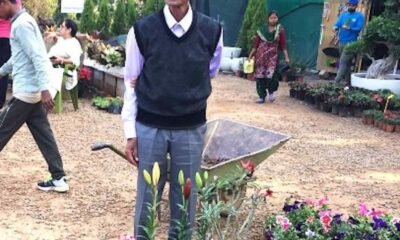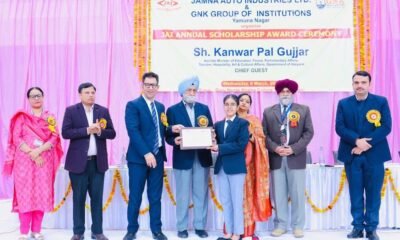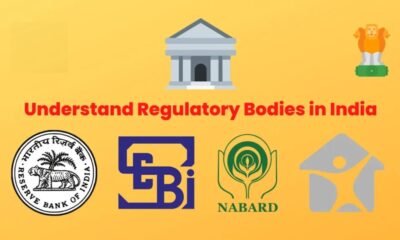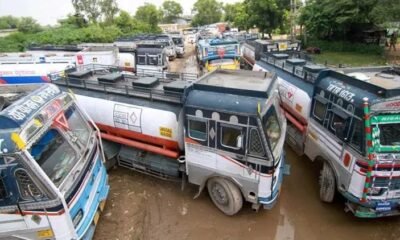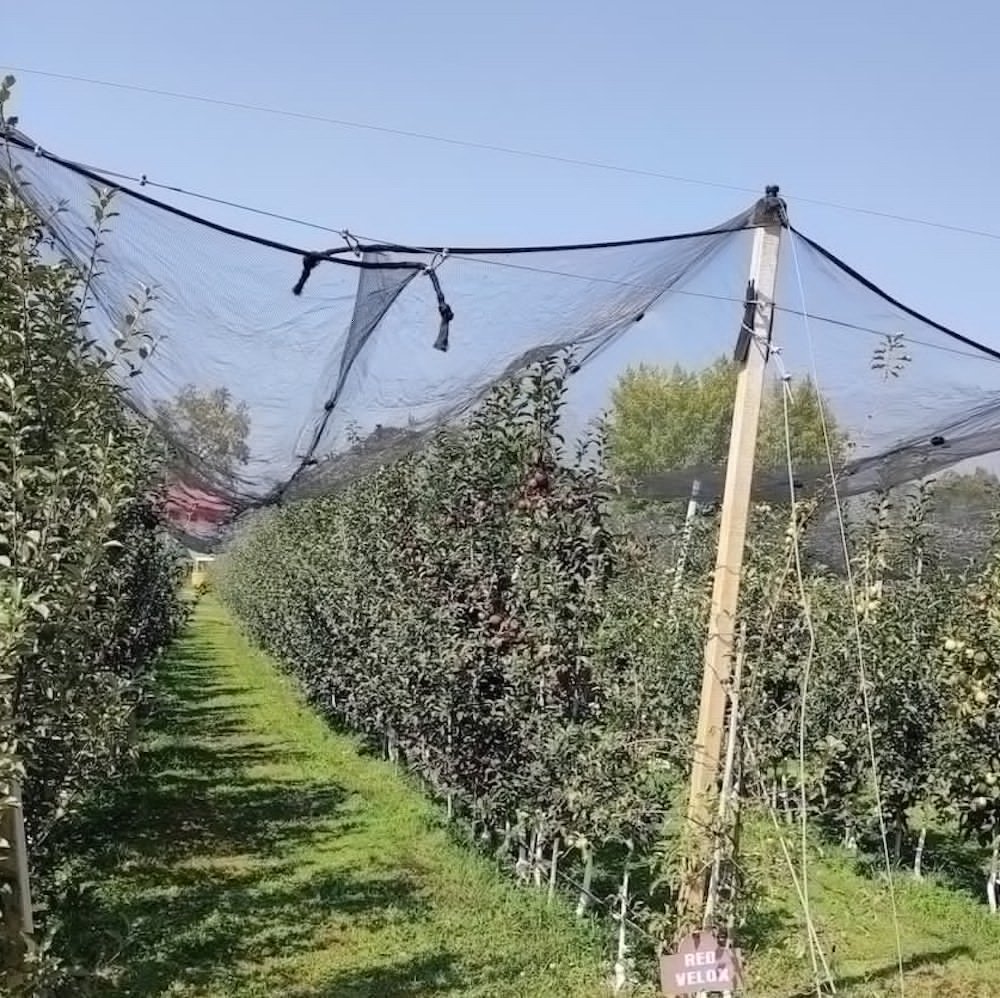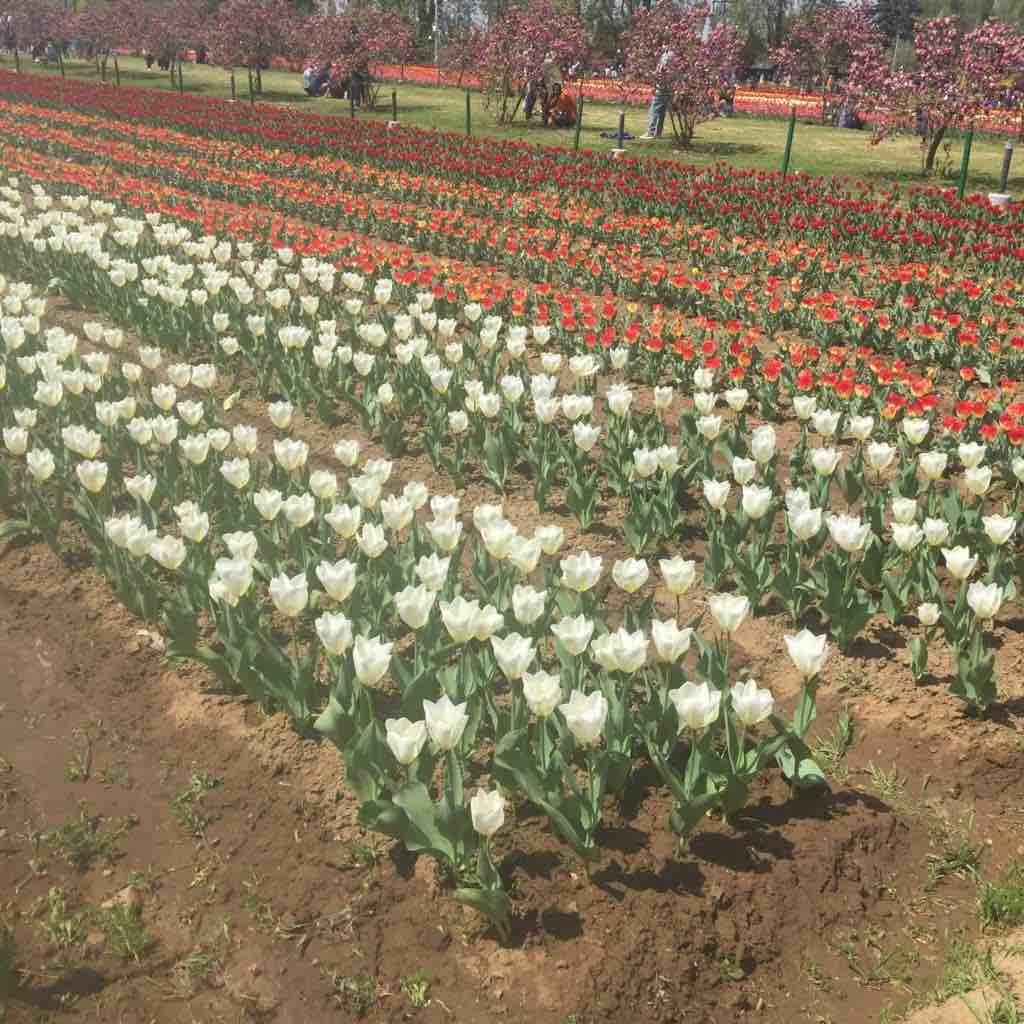The turbulent political situation in Jammu and Kashmir for about the past three decades has marred its economic development. From being a self-sufficient state in its economic needs once, J&K has now reached a situation where it always has to be dependent on the central funds.
More than 50% of its expenditures are met from the aid and grants provided by New Delhi. Besides, J&K each year raises hundreds of crores in the form of debt. It is becoming extremely difficult for the government to pay back the interest on this debt, not to talk of the debt itself.
The political situation created vested interests and inefficient governments always had something to blame to keep away from prioritising the economic and other developmental needs of the people. An economically weak J&K suited these vested interests, the planning and policies they made never had been for reaping the available resources of the UT. Rather, certain sectors, which are totally dependent and interlinked to external forces, were given priority over the sectors, which have been time tested in J&K and are mostly weathered to external conditions.
J&K in general and Kashmir, in particular, has been an agrarian economy for centuries. And the available natural resources in the state are fertile land, forests and an abundance of water added to temperate climatic conditions, which makes it one of the best-suited places for agriculture, horticulture and other related occupations in the world.
Though the majority of the people here are associated with this profession but the mode of their operations is still primitive with negligible use of technology. Despite that, it is the main contributor to the economy. According to recently issued government figures, yearly export returns from the fruits are about Rs 10,000 crore which is only next to government salaries. Kashmir valley supplies more than 70% of the total consumption of apples in India. But a Kashmir apple fetches only half of what a Himachal Apple gets. J&K has not enough post-harvest infrastructure available and processing of the fruits is happening at a very limited level.
There is no horticulture policy in the state like we have a policy for tourism. Neither there has been any bigger provision in the state budget for the horticulture industry, except for a few tax concessions and schemes introduced in recent years.
Some of the schemes introduced by the government, like high-density plantations look very promising and the results it has shown so far are encouraging. Similarly, the government has roped in some outside investments like that of NAFED for developing high-density orchards and creating infrastructure like cold storage. These tie-ups are very important and will provide the much-needed capital for modernising the horticulture sector in UT. But some farmers have shown scepticism saying that these same are being planned in such a way that will benefit the middlemen and businessmen rather than the farmers.
The UT administration must make sure that all the schemes are formulated in a way that their first priority must be to benefit the poor farmers instead of creating a class of middlemen.
No doubt the horticulture industry needs modern post-harvest technology, processing infrastructure and new marketing strategies. This is only possible if UT makes the sector a priority and there is a long-term policy for it, which particularly revolves around the farmers. Modernising horticulture is the only way to bring economic self-reliance to Jammu and Kashmir.

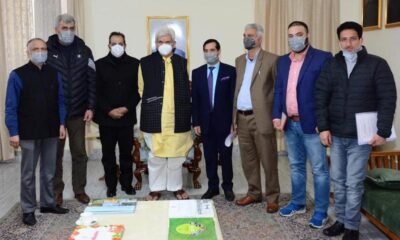

 Industry3 years ago
Industry3 years ago
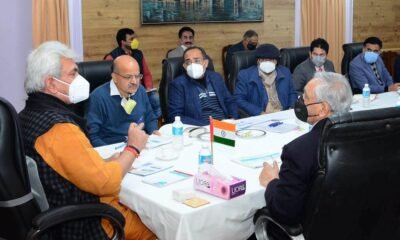

 Energy4 years ago
Energy4 years ago


 Economy1 year ago
Economy1 year ago
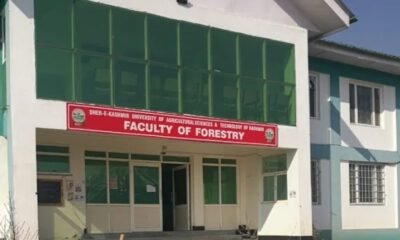

 Infra3 years ago
Infra3 years ago
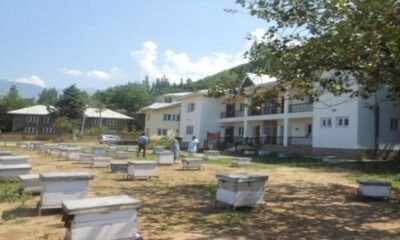

 AgriBiz3 years ago
AgriBiz3 years ago
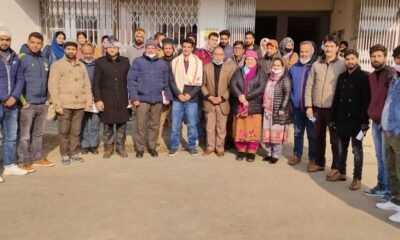

 Careers4 years ago
Careers4 years ago
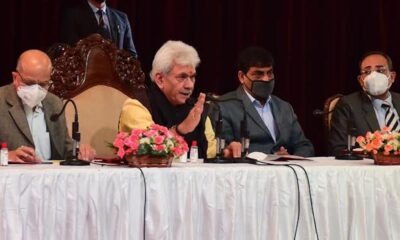

 Economy4 years ago
Economy4 years ago


 Industry4 years ago
Industry4 years ago


